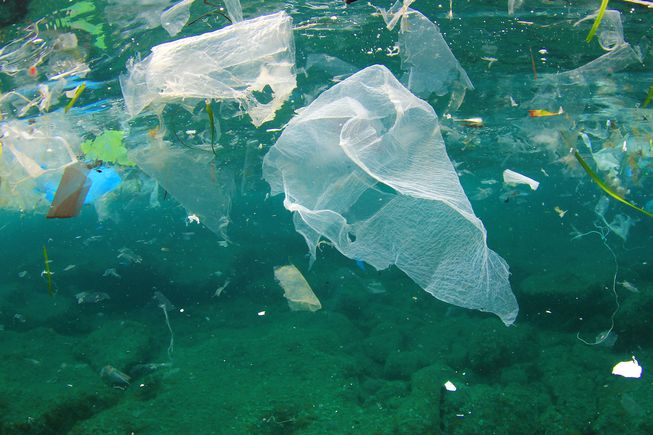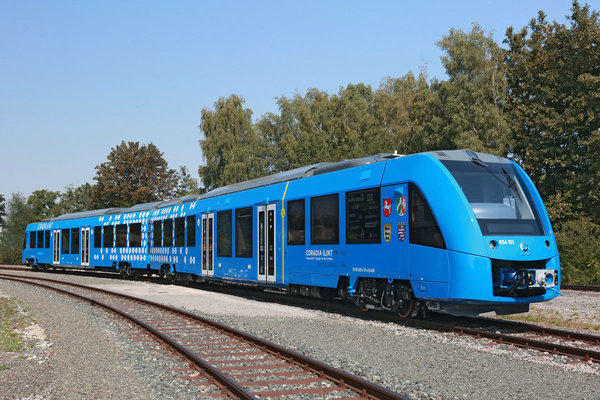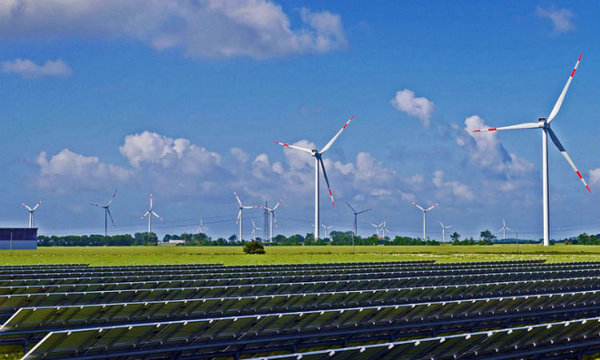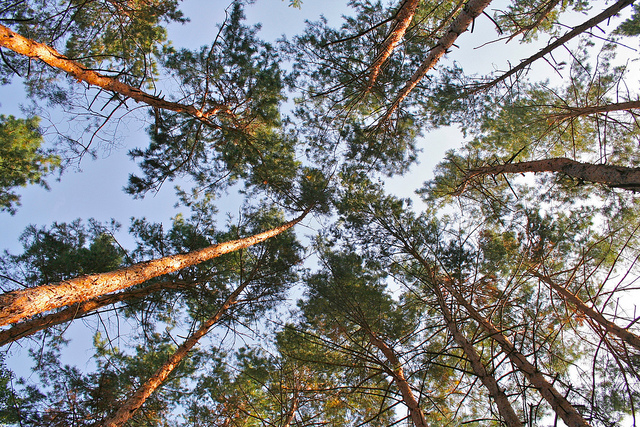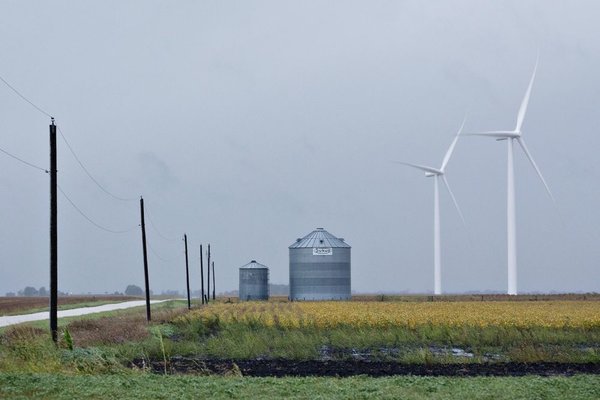Floating trash collector will try to scoop up the Great Pacific Garbage Patch
Continue reading... →California will require that new homes include their own solar panels beginning in 2020, state officials announced Wednesday in the latest step to position the state as the leader in clean energy.
Continue reading... →The town of Hanover, New Hampshire voted on May 9th to establish a goal of transitioning to 100 percent clean and renewable energy by 2050. The article approved at the Tuesday May 9th town meeting sets a community-wide goal of transitioning to 100 percent renewable electricity by 2030 and a 2050 goal of transitioning heating and transportation to run on clean, renewable sources of energy.
Continue reading... →Four senators, including former presidential candidate Bernie Sanders, I-Vt., on April 27 introduced a bill that would transition the U.S. to 100% clean energy by 2050. Sanders, alongside Sens. Jeff Merkley, D-Ore., Senator Edward Markey, D-Mass., and Senator Cory Booker, D-N.J., created the legislation amid President Donald Trump’s efforts to unwind former President Barack Obama’s climate protections. The “100 by ’50 Act,” lays out a roadmap for the transition, and is the first bill introduced in Congress that envisions a 100% fossil fuel free U.S., according to a news release from Merkley’s office.
Continue reading... →The transportation industry has a massive impact on the environment, largely because it’s collectively responsible for burning most of the world’s petroleum and creating carbon dioxide emissions. Last fall, French manufacturer Alstom demonstrated the Coradia iLint, a zero-emissions train that is carbon-neutral, but in a way you probably wouldn’t expect. The train requires a hydrogen tank and a fuel cell, but the hydrogen it uses is a waste product created by the chemical industry. By relying on a substance that’s otherwise useless, the train doesn’t place an additional burden on the environment. The train will permanently take passengers on the German Buxtehude/Bremervörde/Bremerhaven/Cuxhaven route beginning in 2018.
Continue reading... →The coal industry is in “freefall” worldwide according to the latest annual survey from environmental groups Sierra Club, Greenpeace, and CoalSwarm. According to the survey, new construction and coal plant permits in China and India have sharply dropped off, while aging coal plants were retired across the U.S. and Europe. (The U.S. saw its 250th coal plant retirement on Monday.) The decline of coal has been felt for decades in places like rural West Virginia, and while Trump campaigned on a promise to revive the industry, the survey shows that its decline may be inevitable—while the market share of renewable energy, and potential for sustainable jobs in that sector, continues to rise.
Continue reading... →Renewable energy is gaining ground. In some places, though, it may be gaining too much too fast. The infrastructure isn’t able to handle the large amounts of added energy from renewables, in countries like China and Germany. Providing adequate energy has always presented challenges. With the new technologies that are available today, new opportunities, as well as new difficulties, arise. Although the transition may seem problematic, the benefits are well worth it. Consumers can help move the transition forward by learning more about renewables and purchasing renewable energy when possible. As a country and a planet, we need to invest in new technologies, work to increase grid flexibility and be open to new ideas if we are to navigate the move to a more renewable energy generation mix smoothly.
Continue reading... →Researchers developed a new way to extract uranium from seawater, bringing us closer to nuclear power that can sustain us for 10,000 years. Uranium makes up a teeny percentage of the particles in the ocean, about 3 parts per billion or roughly the equivalent of a grain of salt dissolved in a liter of water but the thing about the ocean is there’s a whole lot of it. Uranium exists in water bonded to two oxygen atoms in a molecule called uranyl. To capture the uranyl, long strands of plastic coated in a chemical with a negative charge called amidoxime were left underwater for a month, where they would passively soak up that uranium goodness
Continue reading... →Wind turbines across the Great Plains states produced, for the first time, more than half the region’s electricity last Sunday. The power grid that supplies a corridor stretching from Montana to the Texas Panhandle was getting 52.1 percent of its power from wind at 4:30 a.m. last Sunday, Little Rock, Arkansas-based Southwest Power Pool Inc. said in a statement last Monday. As more and more turbines are installed across the country, Southwest Power has become the first North American grid operator to get a majority of its supply from wind.
Continue reading... →